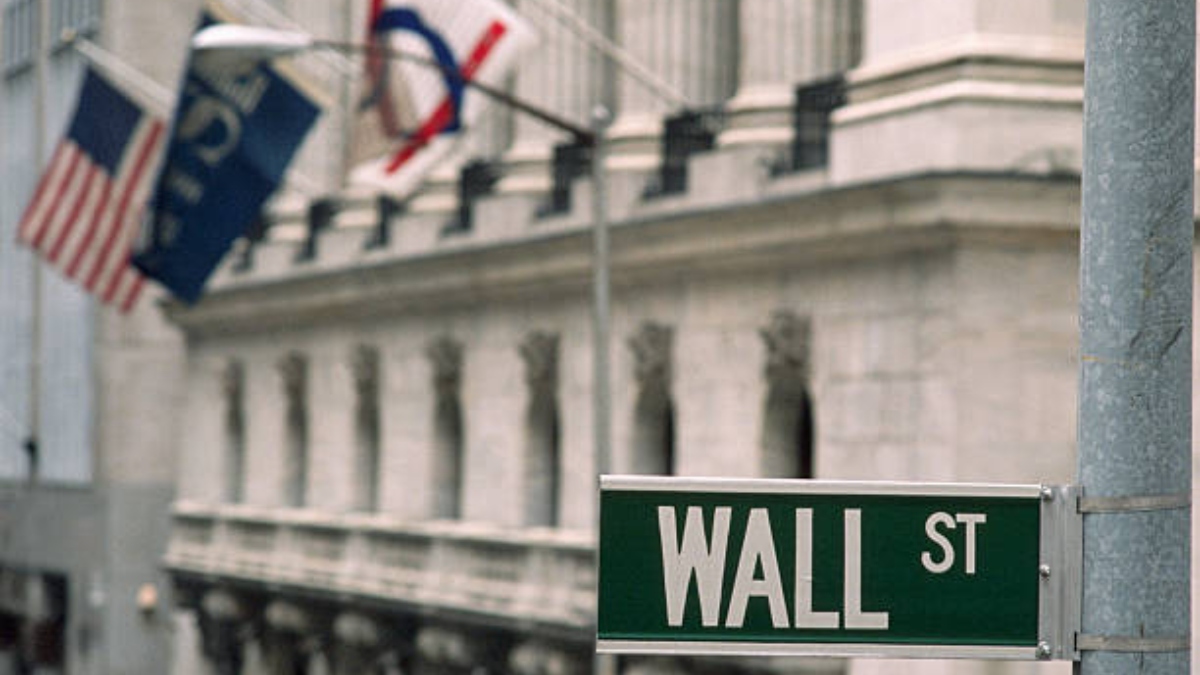U.S. stock markets faced a significant downturn on Thursday, driven by major technology stocks taking hard hits. The catalyst for this drop was President Donald Trump’s implementation of substantial tariffs on key trading partners, raising concerns about a potential trade war and the risk of a global economic recession. Notably, Apple saw its shares plummet by 8%, largely due to the imposition of a staggering 54% tariff on products from China, a vital hub for the company’s manufacturing processes.
Major Market Reactions
The tech sector wasn’t alone in its struggles. Microsoft fell by 3%, while Nvidia experienced a 5.6% decline. By 09:40 a.m. ET, the S&P 500 index had dropped by 3.1%, and the Nasdaq Composite saw a 4.27% decline, both hitting levels not seen in nearly seven months. The Dow Jones Industrial Average also took a hit, decreasing by 2.6%.
In a broader context, global stocks suffered, government bonds gained strength, and the safe-haven asset gold reached an all-time high. These market movements followed Trump’s announcement of a 10% tariff on most imports to the U.S., alongside significantly higher tariffs on numerous competitors.
Expert Insights on Market Instability
“This is just the beginning of what could escalate into a serious trade war, and it’s understandably rattling investors,” stated Elias Haddad, a senior market strategist at Brown Brothers Harriman. He emphasized the ongoing pressure on markets due to fears of a recession or stagflation, suggesting that stability might only return once there’s clear evidence against an impending recession.
The CBOE Volatility Index, often referred to as Wall Street’s fear gauge, surged to a three-week high of 26.91 points. The newly imposed tariffs threaten to disrupt the global trading landscape and unsettle businesses, marking a stark contrast to the optimistic outlook that had prevailed just months earlier, when Trump’s pro-business policies drove stocks to record highs. Both the S&P 500 and Nasdaq have now fallen 10% from their recent peaks, indicating a market correction as investors begin to factor in the potential economic fallout from the tariffs.
Federal Reserve’s Role in Market Recovery
Amidst these developments, traders are increasingly anticipating that the Federal Reserve will cut interest rates at least three times this year, with discussions of a possible fourth cut gaining traction. This forthcoming Friday’s payroll data and an anticipated speech from Fed Chair Jerome Powell are expected to provide vital insights into the U.S. economy’s health and future interest rate adjustments.
Recent data also indicated a decline in the number of Americans filing new unemployment claims, suggesting a degree of stability in the labor market despite looming tariff-induced volatility. Haddad noted that the prospect of more relaxed monetary policy and potential fiscal stimulus from the administration’s tax cut plan could offer some support to equity markets.
Impact on Retail and Financial Sectors
Retail stocks faced significant pressure on Thursday, with Nike dropping 11% and Ralph Lauren down 12% following the announcement of new tariffs targeting major production countries including Vietnam, Indonesia, and China.
Large financial institutions, such as Citigroup and Bank of America, which are particularly sensitive to economic fluctuations, saw their shares decline by over 8% each. JPMorgan Chase was not spared either, losing 4.5%. The Russell 2000 index, which tracks small-cap stocks, also faced a downturn, falling 4%, raising alarms about domestic economic health.
Oil and Broader Market Trends
Energy stocks were not immune to the turmoil, with Exxon Mobil and Chevron experiencing declines of around 3.5% each as crude oil prices dropped by 6% in response to the tariffs and OPEC+ ramping up production.
On the New York Stock Exchange (NYSE), declining stocks outnumbered advancing ones by a ratio of 5.33-to-1, while on the Nasdaq, the ratio was 5.79-to-1. The S&P 500 recorded 28 new 52-week highs compared to 50 new lows, while the Nasdaq Composite noted 13 new highs against 316 new lows.
As markets continue to react to these significant economic policy shifts, investors and analysts alike will be closely monitoring upcoming reports and statements that could shape the trajectory of the U.S. economy.











